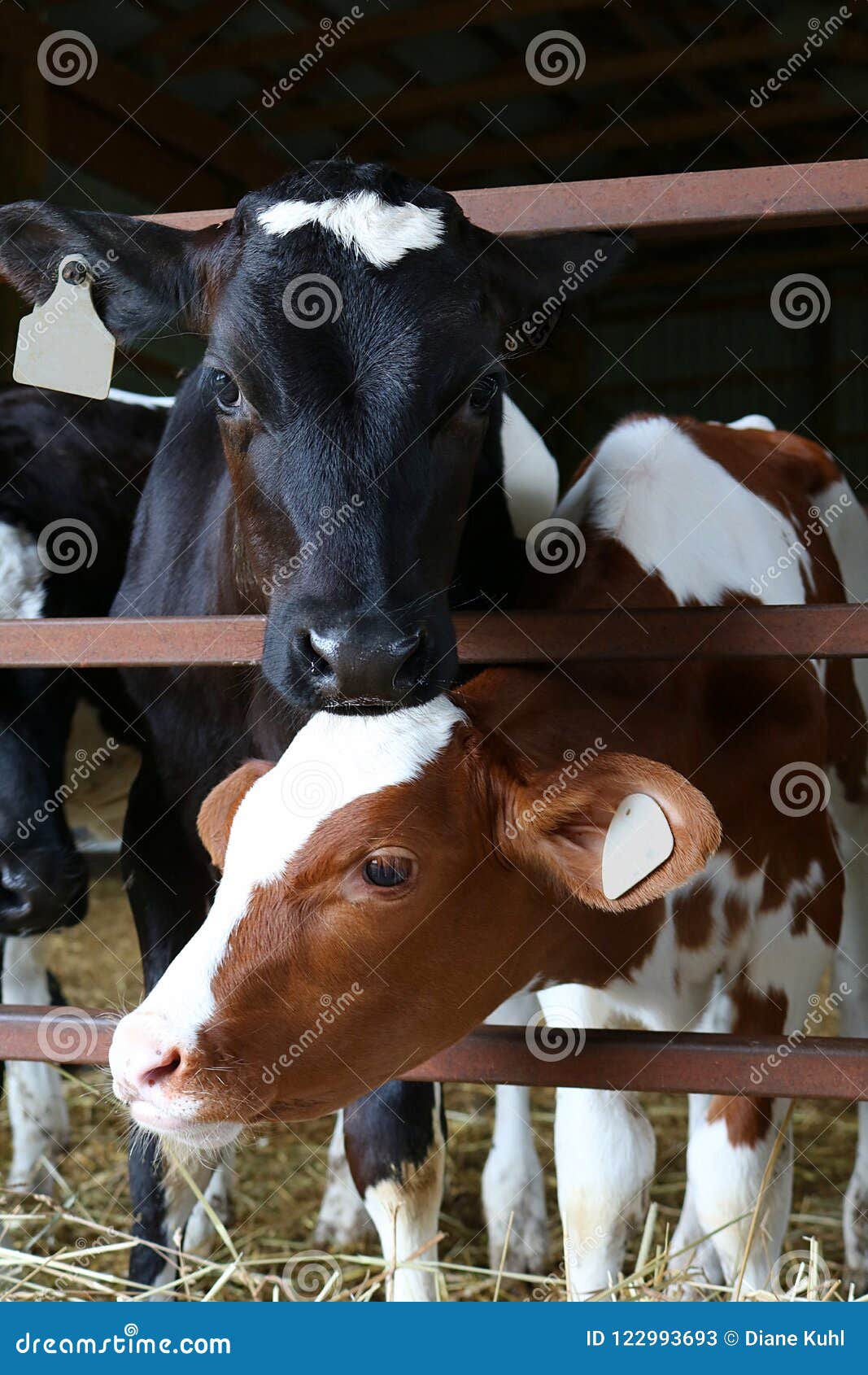


High Yielding Choice Holstein Steers: 130.00 to 140.00.Ĭhoice Holstein Steers: 110.00 to 129.00. High Yielding Choice Beef Steers & Heifers: 130.00 to 149.00.Ĭhoice Beef Steers & Heifers: 118.00 to 129.00.

Quality Beef & Beef X-bred Calves: bulls 240.00 & down heifers 225.00 & down. Quality Holstein Heifer Calves: 30.00 & down. Light & Poor Quality Calves: 85.00 & down. Quality Holstein Bull Calves: 120.00 to 145.00. Before diving in head first, consider these key components along with the amount of labor that comes along with rearing these additional animals.Thin, Light and Overconditioned Bulls: 80.00 & down. Raising dairy steers can be a profitable addition to your operation, but only if it is properly managed. Management recommendations for steer calves need to be the same as the heifers if they are to be healthy and vigorous.” “Calves that do not receive adequate immunoglobulin transfer within the first few hours of life are at greater risk of diseases such as scours and pneumonia and exhibit mortality rates twice those of calves receiving adequate immunoglobulin transfer. “The future profitability of bull calves is greatly impacted by the care they receive during the first hours and days of life,” says Frank Wardynski, a Michigan State University Extension agent. When raising dairy steers from birth, it is crucial to provide the same care to the bulls as you would your newborn heifers. One caution when feeding dairy steers is to remember that steers need to be fed a high concentrate diet instead of a forage-based program in order to achieve a better average daily gain. Calves fed for more than 20 months are typically not profitable.”

“Because of the higher ratio of feed to weight gain compared with traditional beef breeds, it will be most economical to target early, rapid weight gain in dairy beef steers to try to reach slaughter weight at as young an age as possible. “Producing an acceptable-quality carcass from dairy beef steers requires feeding the animals a high-energy ration and marketing them at an early age (12 to 14 months) and acceptable weight (1,150 to 1,450 pounds),” Felix says. Therefore, it is important to analyze your feed inventory to ensure that there is enough to support these additional animals. of feed per day, according to the Product of Extension Beef Cattle Resource Committee. Mature dairy steers will eat roughly 18-20 lb. But if you do have enough room, raising dairy steers may be an option.Īnother factor to keep in mind is the amount of feed these animals will consume. If space is a limiting factor for your operation, it may be best to only raise your replacement animals.


 0 kommentar(er)
0 kommentar(er)
